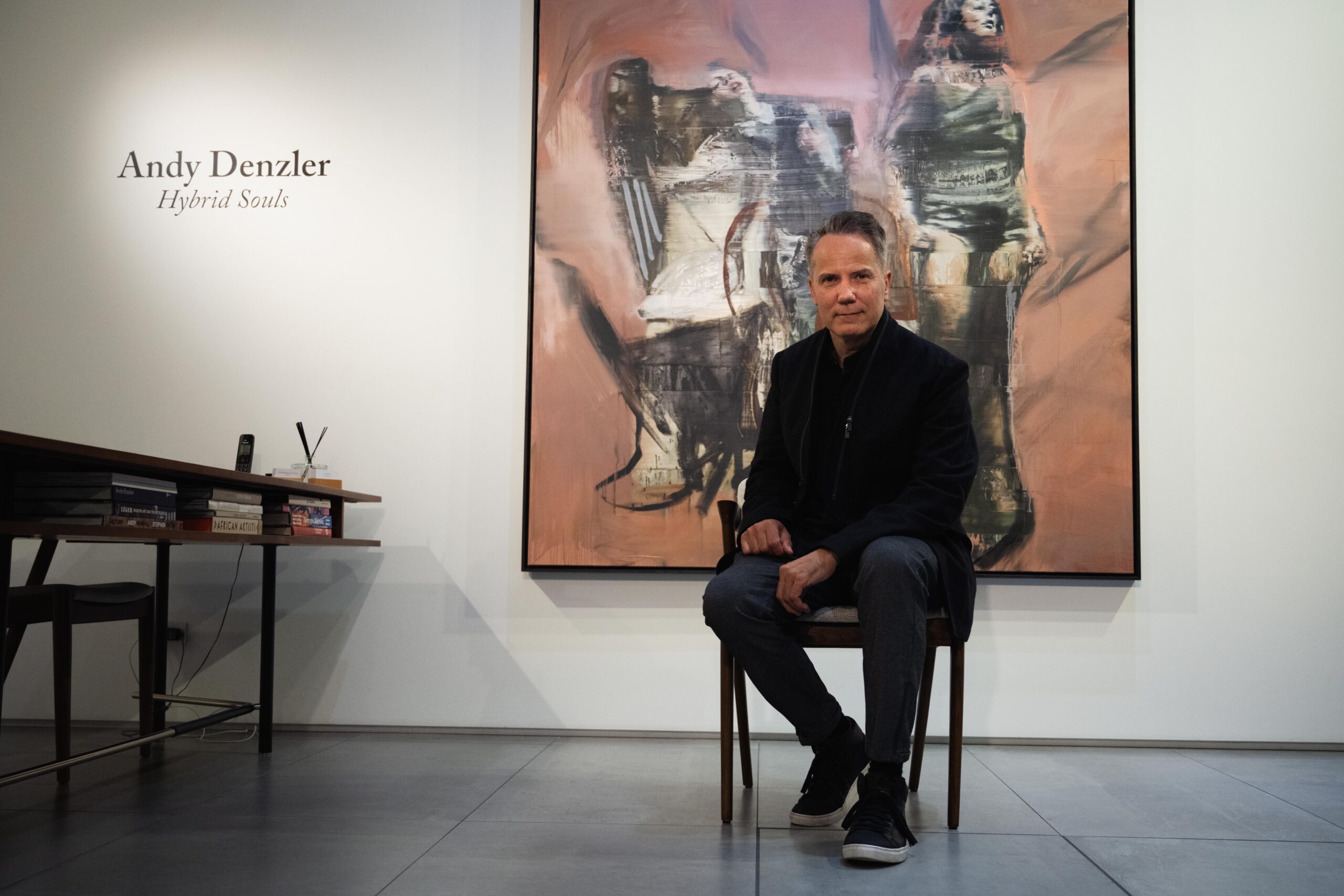Young artists are leaving New York and looking elsewhere
The dream of moving to the big city may be changing.
In recent years, post-industrial cities along the Rust Belt and in the South have experienced a substantial surge in the number of young people moving in. According to The Cleveland Sun, the city, despite having lost 17 percent of its overall population in the last decade, has doubled its downtown population, with a majority of these new residents between the ages of 21 and 35. The U.S. Census Bureau reports that for the first time in decades, more young people have moved in — rather than moved out — St. Louis. And according to Pittsburghlive.com, about 70 percent of Pittsburg’s new residents in 2011 were under the age of 35.
This may be because people are getting priced out of cities that have traditionally been popular among young people. According to the Council for Community and Economic Research, out of the top five most expensive cities to live in the U.S., three were in the New York City metropolitan area. In 2011, Chicago, San Francisco, Boston, Portland, NYC and Savannah all experienced a minimum rent hike of six percent. According to the Living Wage Project, living in NYC costs $11.86 an hour.
As young people face sky-high living costs on top of even tougher unemployment rates, the big city may not have the same pull. According to a Brookings Institute study, the “Biggest Losers” in net migration of peoples between the ages of 25 and 34 was the Los Angeles Metro area, which lost 78,265 of these residents between 2005 and 2010. The second “Biggest Loser” was the New York Metro area, which lost 69,352 of its young residents.
The hemorrhage of young people from big cities may be the gain of smaller cities such as Philadelphia, Baltimore, Cleveland, Flint and about a dozen others once considered gritty industrial wastelands. Two cities in particular — Detroit and New Orleans — have risen above recent hardships to become havens for the young and the hip.
*****
Take Detroit. In October, The Knight Foundation announced a $19.25 million investment in the arts, with recipients ranging from The Arab American National Museum to the Detroit Symphony Orchestra. Wayne State University has also launched the Detroit Revitalization Fellows Program, an initiative whose mission is “to attract, develop and retain promising young professionals who will help lead the economic revitalization and development of Detroit.”
According to a Forbes study in July 2012, the cash incentives given to young people by Detroit’s biggest employers have brought 10,000 jobs downtown in the last eighteen months. This past April, Twitter opened an office in downtown Detroit, sharing the five-story space with other hot tech companies like Doodle Home and Greenlancer. In a press release, Adam Bain, CEO of Twitter, said, “We’re excited to work face-to-face with the city’s most established brands and happy to play a role in downtown Detroit’s digital renaissance.”
As these companies’ new hires move into the city’s core, they bring with them friends and spouses who can start or support younger businesses. And there are other advantages to living in Detroit as opposed to a bigger city.
“Chicago was too big of a city to make friends and keep friends,” said Alyssa Mullen, a bartender at Woodbridge Pub in downtown Detroit.
Mullen moved to Detroit four years ago around the time that Woodbridge Pub was opening. Woodbridge Pub took up occupancy in an abandoned building, and is entirely constructed of salvaged materials from abandoned churches, libraries, and warehouses all over the city. All fresh produce served comes from urban farmers less than five miles away, a business that has recently grown out of the big abandoned spaces in the city.
Hip businesses such as urban farms, health food stores and vintage shops are no longer only in Brooklyn and Portland.
“Detroit is at a point where the city isn’t established, said Josh Brooks, manager at Astro Coffee, a coffee shop in the city’s Corktown area, a new trendy part of town. Brooks views this lack of boundaries as liberating; it provides the opportunity to create.
Despite all the positive buzz, one in five adults in Detroit is still unemployed according to the U.S. Bureau of Labor Statistics in October. This is more than double the national unemployment rate.
Peter Eisinger, the Henry Cohen Professor at Milano, and former director of the State Policy Center at Wayne State University, is wary of all the buzz.
“Young people don’t have any money, so they aren’t making any money to support the local economy,” Cohen said. “What you want is people who are going to generate economy, people who are going to spend money at bars and restaurants. Young people, especially artists, are already living on the margin.”
But Joseph Barkeley, a current literary studies major at Lang, and a lifelong resident of Detroit, thinks there is a misrepresentation.
“You only read two kinds of articles about Detroit,” he said, “One about how it is the apocalypse, and second is the other vision, which is too utopian.”
*****
And then there’s New Orleans.
In 1999, Tom Thayer left the East Village to become the general owner and manager of Death By Audio, or DBA, a music venue in the artsy district of Marigny. Since then, every return he has made to NYC has only reinforced his decision to leave.
“I like New Orleans because it is more ahead of trends, kind of like the East Village once was but no longer is,” said Thayer.
According to another 2011 Forbes study, New Orleans was the number one city in the U.S for attracting 25-and-over college graduates between 2007 and 2009. In that same study, NYC ranked 29th.
Pamela J. Francis, a grad student, moved to New Orleans from Dallas when she turned 30 as a birthday gift to herself. “Growing up we heard New Orleans was wicked and crazy, so naturally it attracted me,” she said.
In addition to students, New Orleans has also heavily attracted budding entrepreneurs and business-savvy investors. It ranked first in 2011 as the Top City for Young Entrepreneurs, according to Under30CEO.com. And those more artistically inclined or entrepreneurial tend to run more on self-employment and lower-income than other working professionals.
The number of films produced in New Orleans has also spiked. In the last ten years, movie production in the city has tripled. Even before Katrina, in 2002, Louisiana Legislature passed the Louisiana Motion Picture Tax Incentive Act. This gave filmmaking productions organized under an LLC a 30 percent tax credit and a five percent labor credit, so long as they use local banks and employ local residents. According to the city of New Orleans, filmmakers spent $531 million in 2011 for production costs.
“The whole dynamic of the city is changing. We are now seeing a lot of influence from the outside,” said Daneeta Jackson, co-founder of ElektrikZoo, a New Orleans-based film partnership. “There’s a lot of low, low pay for work that allows inexperienced storytellers the chance to get their feet wet.”
After basing her company for two decades out of London, and then Tokyo, Jackson has come back to New Orleans — not too far from her Southeast Louisiana childhood home — to continue telling her stories. “Louisiana lives and breathes stories,” she said. “Maybe it’s like that everywhere. I just couldn’t find my groove in those other places. I had to come home first.”
With reporting by Niko Nelson, Francia Sandoval and A.K. Simon








Leave a Reply